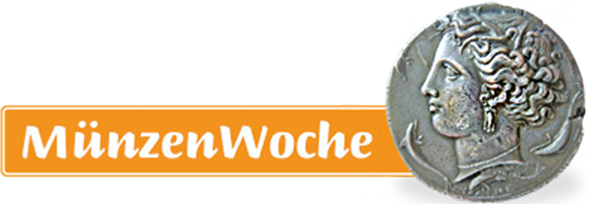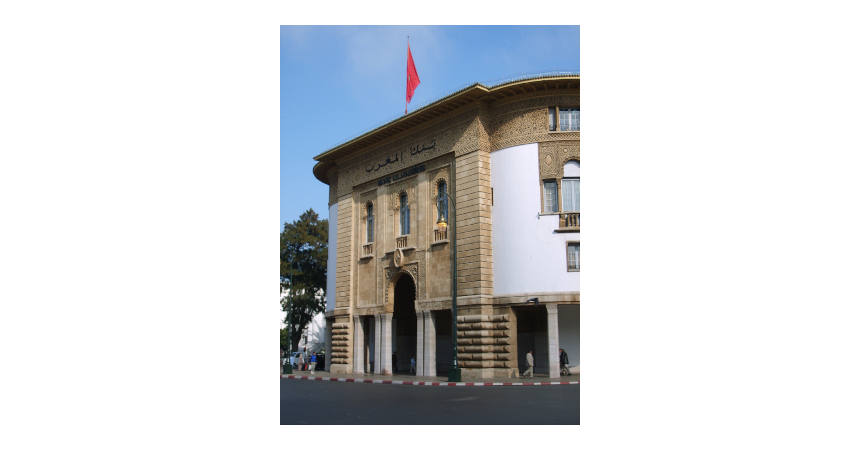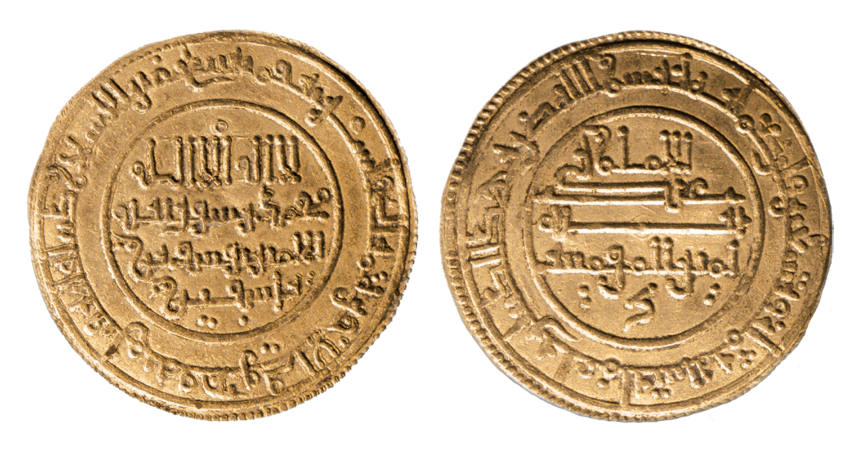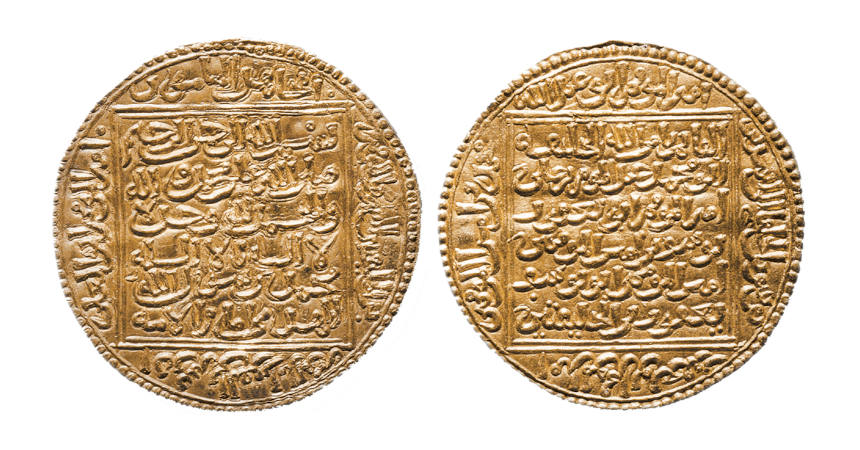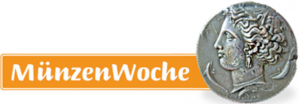Bank Al-Maghrib Museum
Wenn es kein Logo gibt, wird diese Spalte einfach leer gelassen. Das Bild oben bitte löschen.
(Dieser Text wird nicht dargestellt.)
Angle Avenue Allal Ben Abdellah Street and Rue Al-
Qahira
Rabat, Morocco
Tel: +212(05) 37 21 64 72
Bank Al-Maghrib is the central bank of Morocco and was founded in 1959. The Bank Al-Maghrib Museum was inaugurated on June 19, 2002 by King Mohammed VI and houses a unique collection of coins. The very core of the collection was acquired in 1947 and, throughout the years, the Museum’s collection has been constantly enhanced to over 30,000 monetary documents.
In 2009, on the occasion of the fiftieth anniversary of Bank Al-Maghrib, a new scenographic project was born with the creation of the Museum of Bank Al-Maghrib. This new Museum is meant to be an educational, timeless, space concept which attracts visitors to share the history and heritage of an institution, beyond those of a people and a country.
This concept spans three areas:
- The history of money through an outstanding numismatic collection, which relates the stories of civilizations from antiquity to the present.
- The art gallery accommodates a permanent collection and temporary exhibitions of paintings by artists of all stripes.
- The space devoted to the bank activities describes the missions of the Central Bank and relates its evolution over the past 50 years.
- On two floors, the new Museum spans almost 21,500 square feet (2,000 square meters) and finds its unity in contemporary architecture unfolding in the heart of the historic Bank headquarters, which was renovated and converted to accommodate the new Museum space.
The History of Money
The Museum has a wing dedicated to the monetary history of Morocco. Approximately 1,200 coins, items, monetary instruments and banknotes are on display. Exhibited coins transcend borders and time to reflect different eras and civilizations: Greece and the Hellenistic world, Carthage and Rome, Oriental and Occidental Muslims. Morocco,aka Maghreb (meaning “West,” or “Occident”), also occupies a privileged place from antiquity up to the present in the Museum. Each time period has its share of the collection and is organized by sets and display units.
- 7th-1st centuries BC: Beginning with the birth of money and its introduction in Morocco.
- 1st century BC-4th century AD: The Kingdom of Mauretania. Here visitors can discover how the currency was introduced in the Maghreb and Andalusia of present-day southern Spain, when part of the Roman Empire. After the collapse of Roman rule at the hands of the Vandal invasion, North Africa was conquered by the Byzantine fleet. At that time, two monetary systems characterized the major economies of the Mediterranean world and the Orient: the Sassanid coinage which was based on the silver drachma and that of Byzantium, based primarily on the gold solidus and the bronze folis. One highlight is an aureus of Juba II and Cleopatra, 25 BC-23 AD.
- 5th-7th centuries: Umayyads. Dinars with Arabic inscriptions were similar in both size and weight to the Byzantine solidus.
- 8th-12th centuries: Isrisid and Almoravid dynasties. As the first Muslim dynasty in Morocco, the Isissides were the first dynasty to strike coins.
- 12th-15th centuries: Almohad and Merinid dynasties. Coinage production increases due to the influx of Sudanese gold.
- 16th-19th centuries: Saadi and Alaouite dynasties.
- The period of Moulay Al Hassan to the present. The Museum also features a beautiful collection of banknotes which relates the overall history of banknotes in Morocco.
This text was written by Howard M. Berlin and first published in his book Numismatourist in 2014.
You can order his numismatic guidebook at Amazon.





